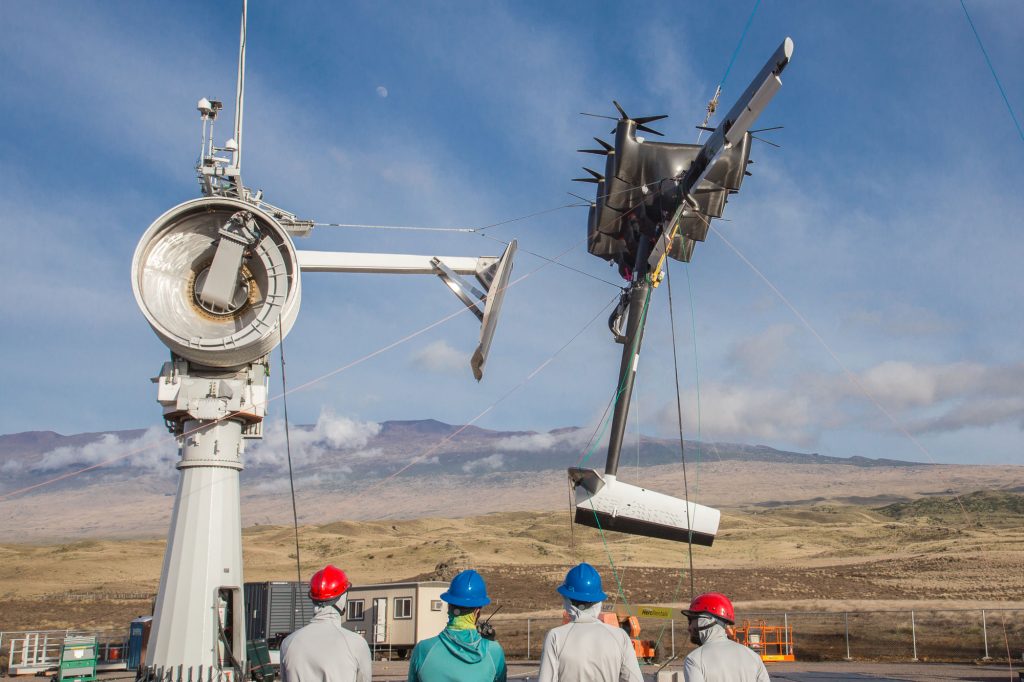5. Makani

Description- It is known that wind has the capability to power the world for a hundred times over but still only 4% of the world’s electricity comes from conventional wind power. Hundreds of millions of people live around 25 miles from the coastline, with strong and steady winds but two-thirds of coastal waters are too deep for conventional wind energy systems that sit on the seabed. In areas like such, conventional wind energy technologies don’t make economic or geographic sense and energy kites have the greatest potential. So, for the past decade, Makani has been making and testing energy kites that could generate electricity by gathering energy from m wind resources that aren’t accessible or cost-effective today. The basic idea is to create renewable electricity with energy kites. Their energy kite is an aerodynamic wing tethered to the ground and as the kite flies in loops, rotors on the wing spin and as and when the wind moves through them, power gets generated which is sent down a tether to the grid. Makani was started in 2006 with a group of devoted kitesurfers who had an insight that this could possibly harness enough energy to power the world and it has now evolved into a commercial-scale prototype.They have also collaborated with Shell to get energy kites to an offshore environment and test and refine the system.
Interesting Facts:
- They are equipped with onboard computers that run custom flight control and guide the autonomous kite’s flight path.
- They are also equipped with sensors and data from these softwares steer the kite.
- The airframe carries and handles loads of 7-15 Gs.
- The airflow that acts on the moving kite is many times faster than the wind experienced by a stationary object and the powerful wind spins the kite’s rotors to generate a large amount of electricity.
- Each rotor drives a permanent magnet motor/generator that generates electricity onboard.
